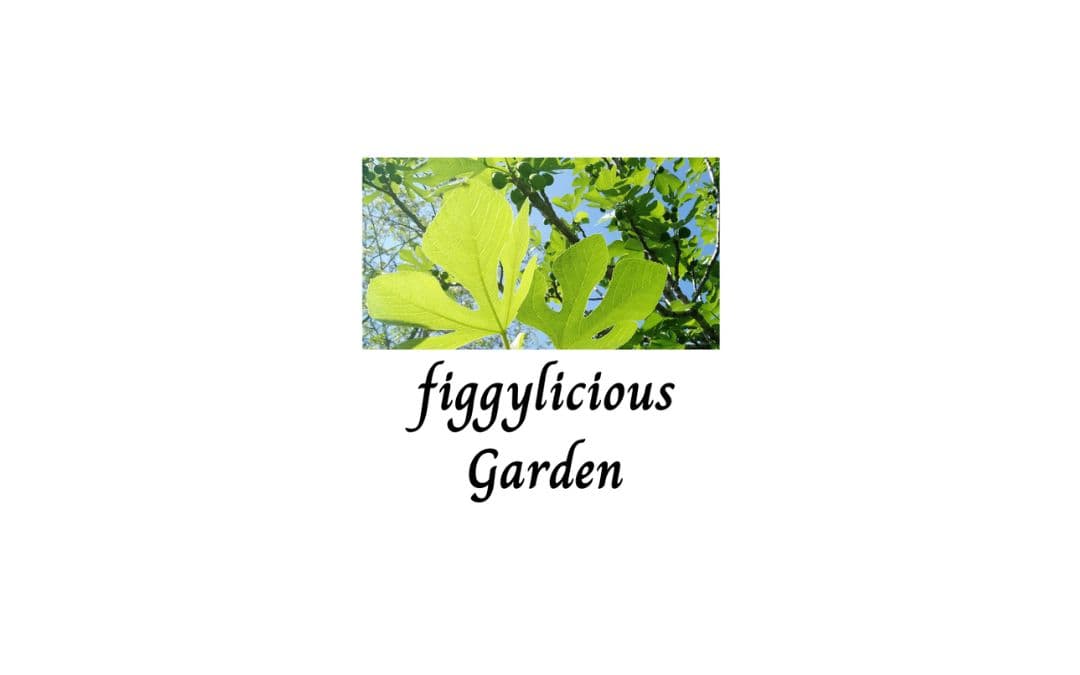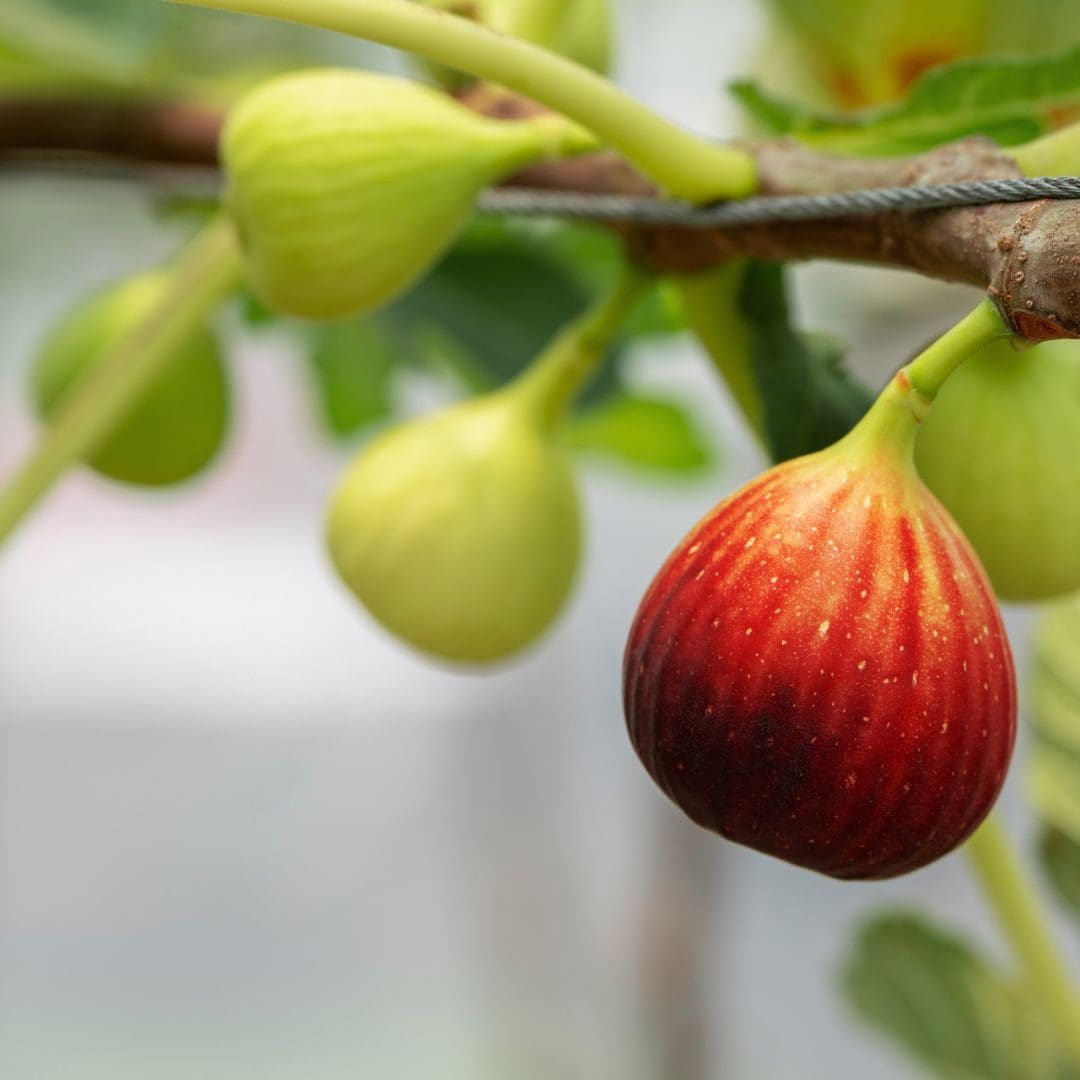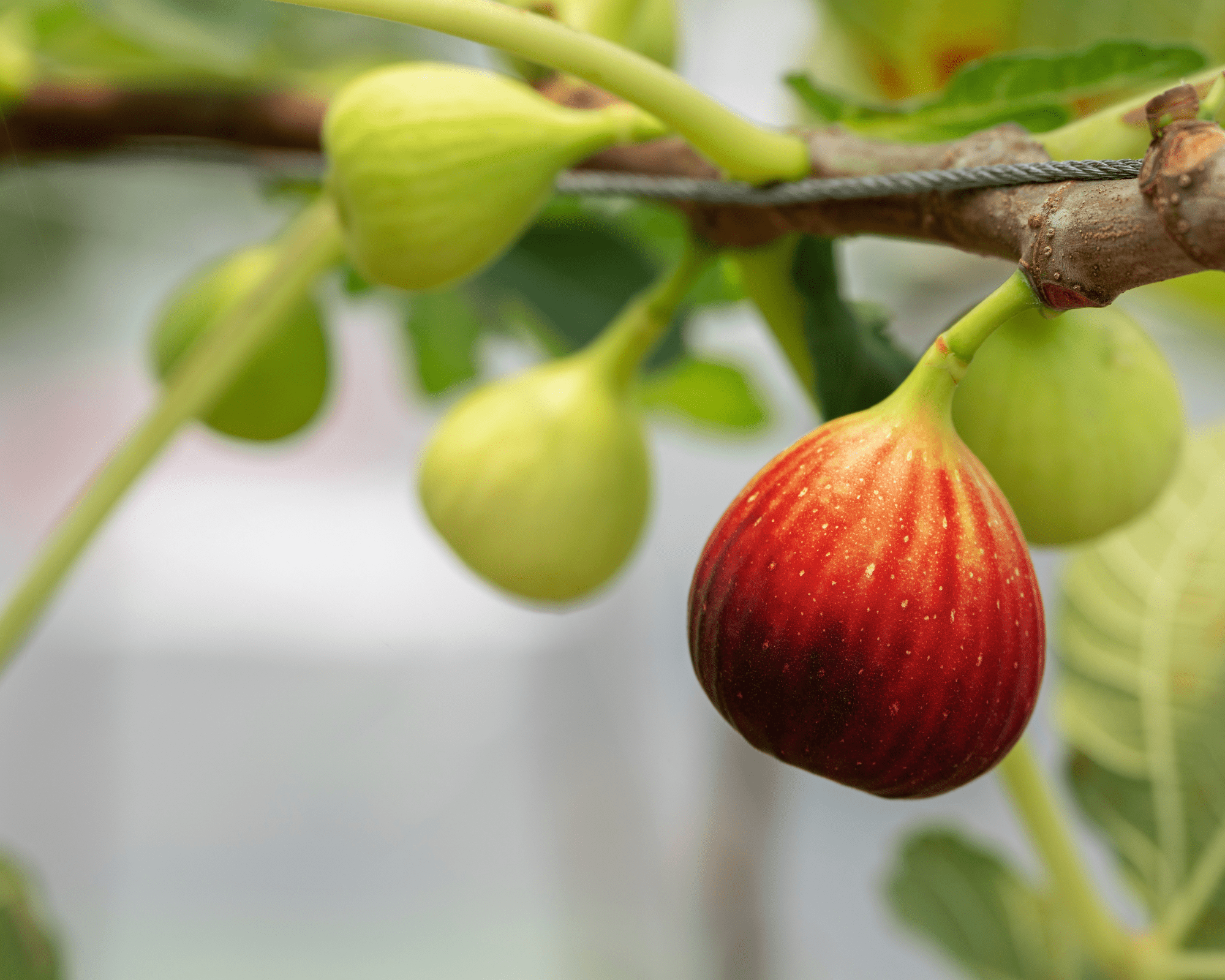Please read the full disclosure for more info. 💚
Growing a fig tree in your garden can be a delightful and fruitful experience. Whether you’re a beginner gardener or a seasoned pro, the key to success is choosing the right fig tree variety. With so many options available, it’s important to consider factors like your climate, garden size, and care preferences. In this complete guide, we’ll help you pick the best fig tree for your garden to ensure you enjoy a bountiful harvest.
1. Know Your Climate and USDA Hardiness Zone
The first step in selecting a fig tree is understanding your climate and USDA hardiness zone. Figs thrive in warm, sunny areas, but not all varieties can tolerate cold temperatures. For colder climates, consider a variety like the ‘Chicago Hardy’ fig, which can withstand frost and temperatures as low as -10°F. If you live in a milder or warmer climate, varieties like ‘Black Mission’ or ‘Kadota’ figs will flourish and give you sweet, juicy fruit.
2. Assess the Size of Your Garden
Fig trees come in various sizes, and the right choice depends on how much space you have. Larger varieties like the ‘Adriatic’ fig can grow up to 15 feet tall, making them perfect for spacious gardens. However, if you’re gardening in a smaller space or growing in containers, go for dwarf varieties like the ‘Petite Negra’ or ‘Celeste’ fig, which remain compact yet still produce delicious fruit.
3. Consider What You Want to Harvest
Different fig varieties have distinct flavors and harvesting schedules. If you’re interested in fresh figs, varieties like the ‘Brown Turkey’ fig are sweet, flavorful, and perfect for eating straight off the tree. For drying figs, ‘Kadota’ figs are known for their thick flesh and sugary sweetness, making them ideal for preserves, drying, and baking. Think about your intended use and choose accordingly!
4. Choose a Variety That Matches Your Gardening Skills
Most fig trees are low-maintenance, but some varieties may need more attention than others. For instance, the ‘Black Mission’ fig is relatively drought-tolerant and can thrive with minimal care. If you’re a beginner gardener or prefer an easy-growing option, the ‘Celeste’ fig tree is known for being hardy and requires less frequent watering and care. Choose a variety that fits your gardening experience and available time.
5. Look for Disease Resistance
While figs are generally healthy trees, certain pests and diseases can sometimes affect them. Some fig varieties are more resistant to common issues like root rot or fig rust. The ‘Olympian’ fig, for example, is resistant to these pests and is perfect for gardeners looking for a hardy, trouble-free tree. Look for varieties with strong disease resistance to minimize the need for maintenance and ensure a healthier tree.
6. Consider Pollination Needs
Most fig trees are self-pollinating, meaning they don’t require another tree to produce fruit. However, a few varieties, like the ‘Kadota’ fig, benefit from cross-pollination for larger yields. Check the pollination requirements of the variety you’re considering to ensure you get the best harvest possible.
Conclusion
Choosing the right fig tree for your garden is the first step to a successful and rewarding gardening experience. By understanding your climate, space, and preferences, you can select a variety that will thrive in your garden and produce a fruitful harvest. Whether you’re after fresh figs, dried figs, or a tree that requires minimal care, there’s a fig tree variety perfect for your needs.


